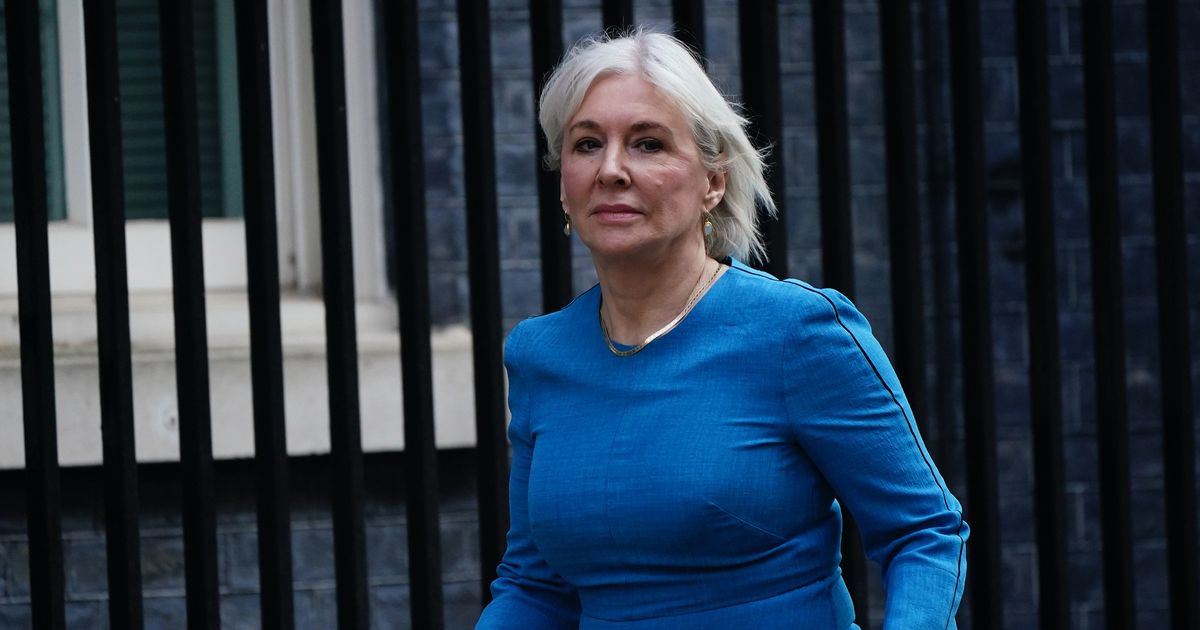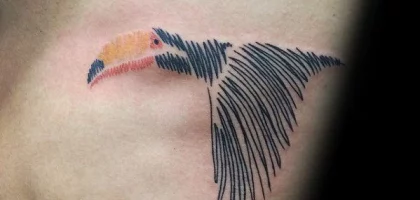In February 2020, Sarah Thankam Mathews was having trouble finishing her manuscript and finding freelance work to be difficult. So she put her work on hold to focus on the growing Covid-19 threat and the demands she foresaw emerging as the epidemic changed everyone’s reality. I developed this online Slack network that was kind of like a neighborhood-based mutual-aid network as a result of that anxiety spiral meeting that moment of clarity, she claims.

It all began with a few flyers that encouraged her Bed-Stuy neighbors to stick together, protect one another, and stay connected as a neighborhood. The flyers also included a join link to her Bed-Stuy Strong Slack and snowballed into an organic form of mutual-aid organizing, in which residents of Bed-Stuy came together to care for one another. We had provided 23,000 people with a week’s worth of goods over the first seven months, she claims, by the end of 2020. We raised and dispersed $1.3 million by the time our Covid-specific food security effort came to a conclusion. And the median donation was $68, which not many people are aware of. Working on Bed-Stuy Strong also changed her original book idea, which was a critique of the contemporary workplace. Instead, it changed into All This Could Be Different,, a poignant tale of immigrants and a queer love story that deftly addresses socioeconomic difficulties.
Sneha, the protagonist of Mathews’ captivating book, appears to have a bright future when she accepts a new job and receives a free apartment in a new city. The sarcastic 22-year-old immigrant settles into her new neighborhood of Milwaukee, befriends Tig, keeps in touch with college friends Thom and Amit, earns enough money to send money to her parents in India, and starts dating Marina, a seductive dancer. Sneha’s method of navigating life is challenged as she develops new relationships and gradually starts to be open to new ideas. This is because the terrible past she keeps to herself and the present collide and unravel. Sneha and her buddies are experiencing a lot of crap, so Tig comes up with a novel plan of action.
The book’s coming-of-age story will resonate with recent college graduates navigating early adulthood, but its themes are universally relatable at any age given the times (from politics to the pandemic), where safety is challenged and it can be difficult to make sense of the world when so much seems mired in catastrophe. According to Mathews, one very good way to sum up this book is that it tells the tale of a young kid looking for a place to call home. And while my protagonist and I are very, very different from one another in terms of personality, I believe that our shared longing for home brought us together.
Mathews was raised in India and Oman before coming to the United States at the age of 17. For me, there isn’t a simple explanation of what home means. When people ask me where I’m from, I frequently reply that I’m from Kerala in South India since it’s kind of like my ancestral home and a place I can always return to, but it’s also a work in progress for me. When she was 16 years old, she penned her first unpublished novel, which she shared with her friends (It was trash, she says, laughing).
All This Could Be Different explores topics of racism, class, immigration, politics, gay rights, and the importance of community even though it is set in 2013, the year before marriage equality, over ten years ago.
In the book, Mathews primarily wants readers to “discover” enjoyment, solace, and challenge. And finally, I’d like to express my sincere desire for people to reject the notion that we are all limited by the same amount of power. We can make significant progress toward reshaping the society we want to live in and the society we want to see if we combine all of these small finite units of power. In other words, it’s that we do matter and that we do have power.
This article first appeared in the July–August issue of Rolling Stone magazine’s annual Hot List.















